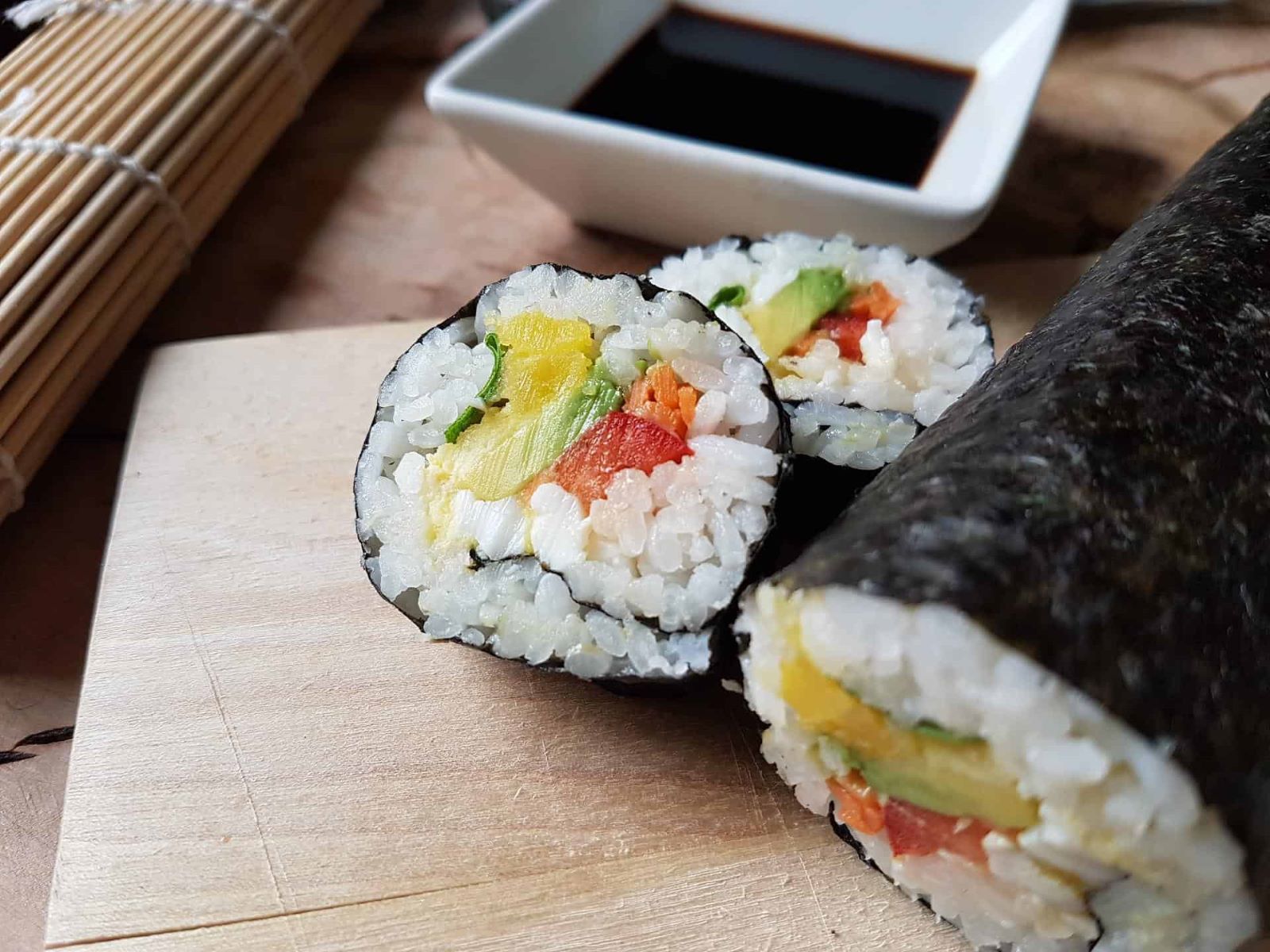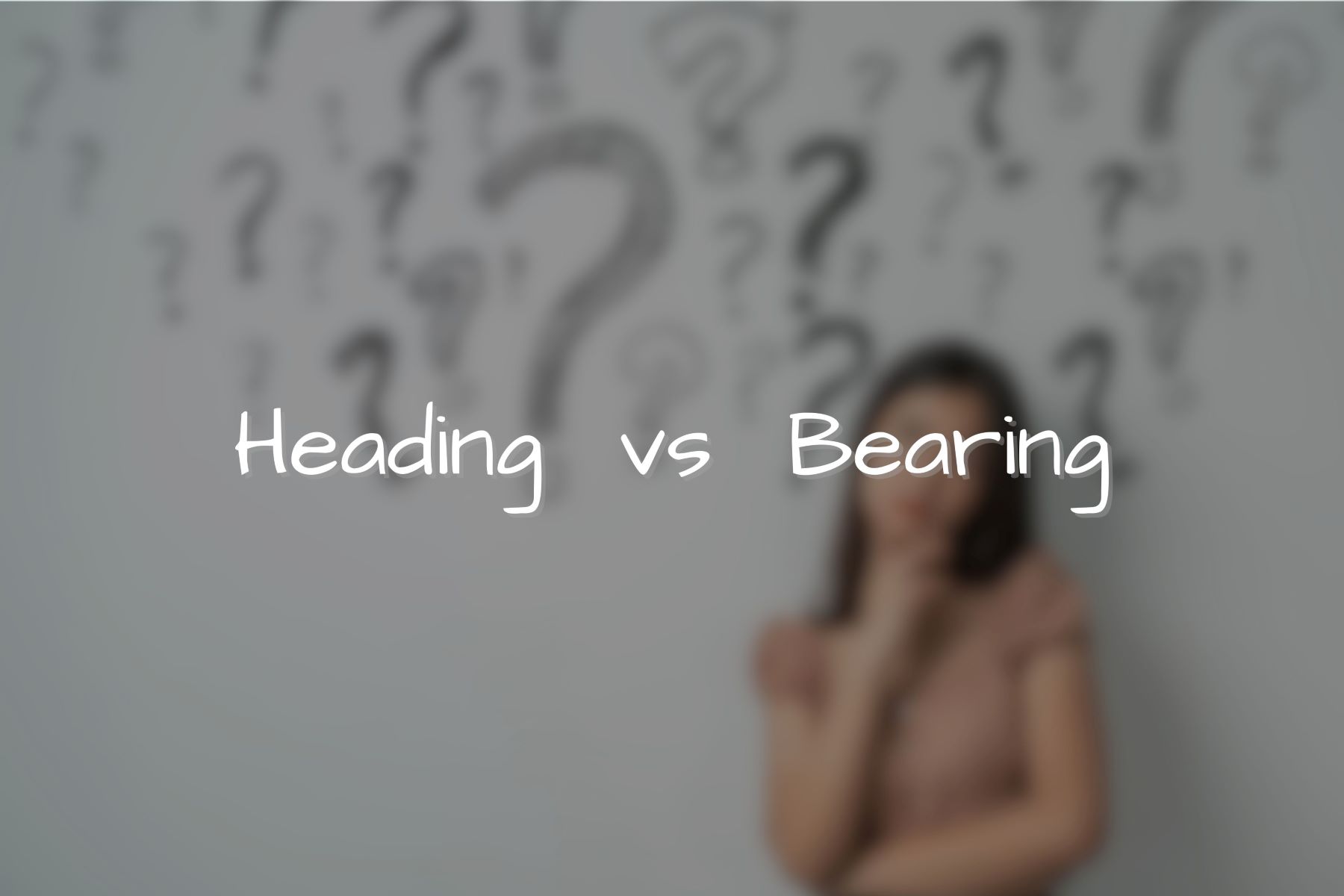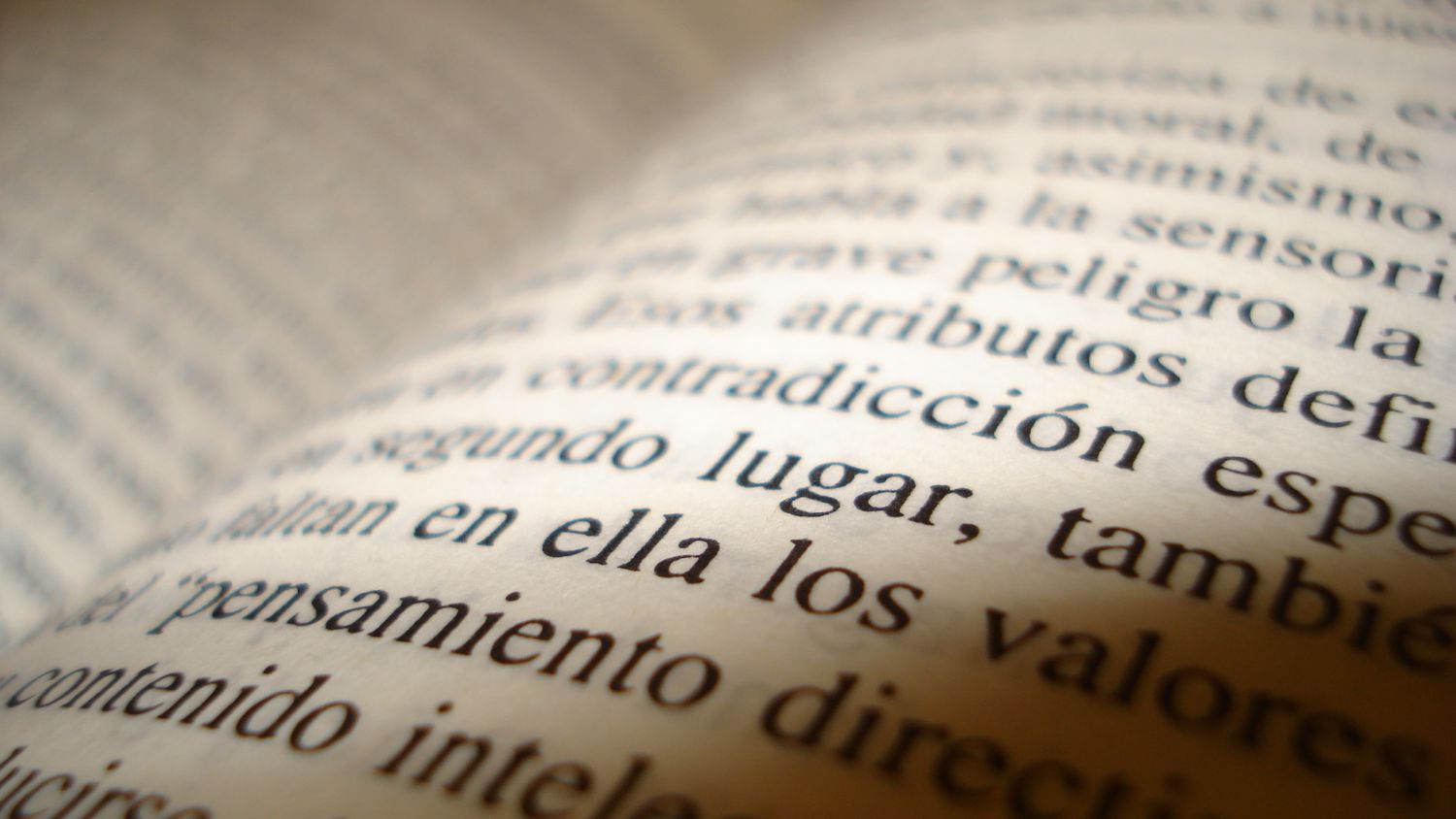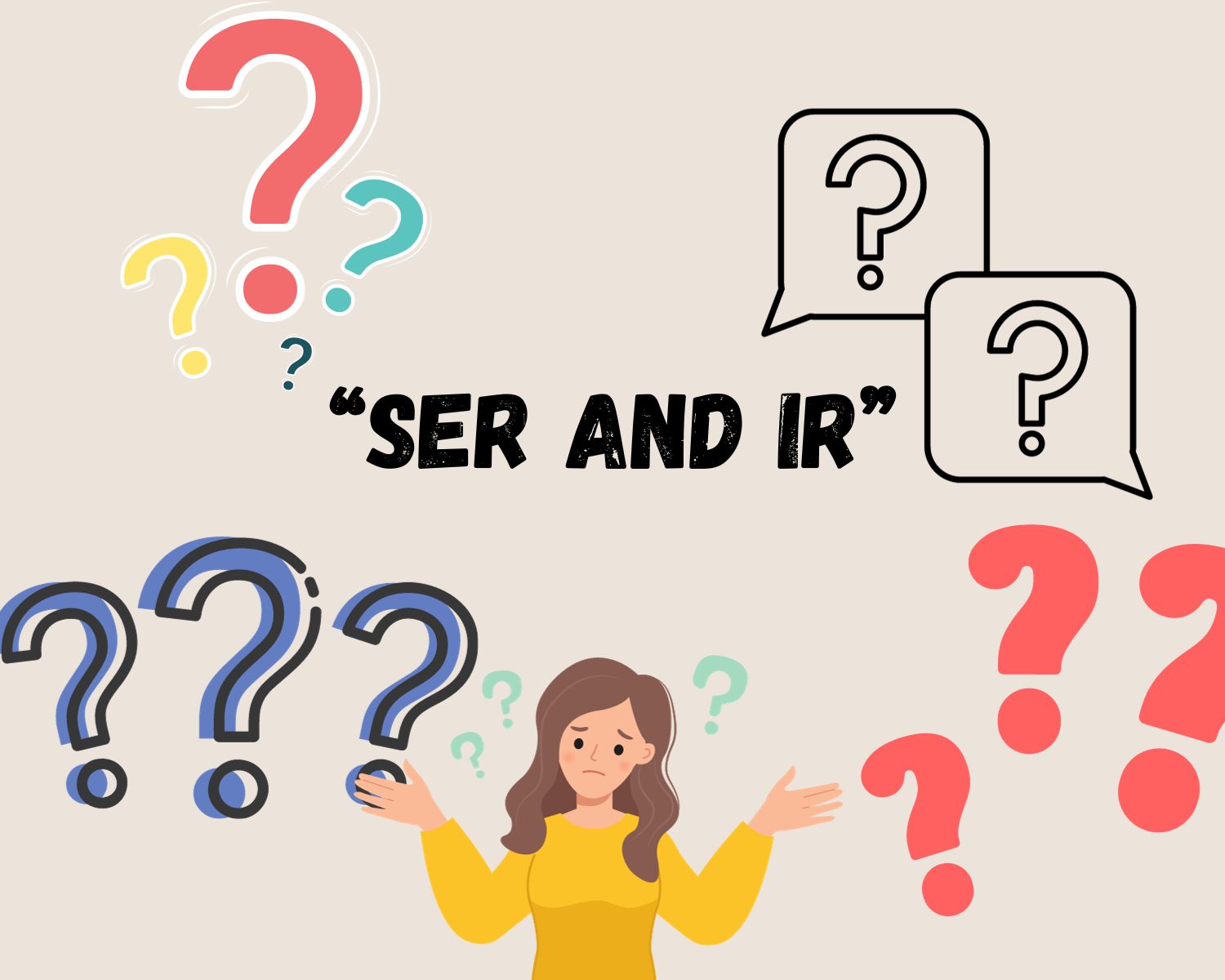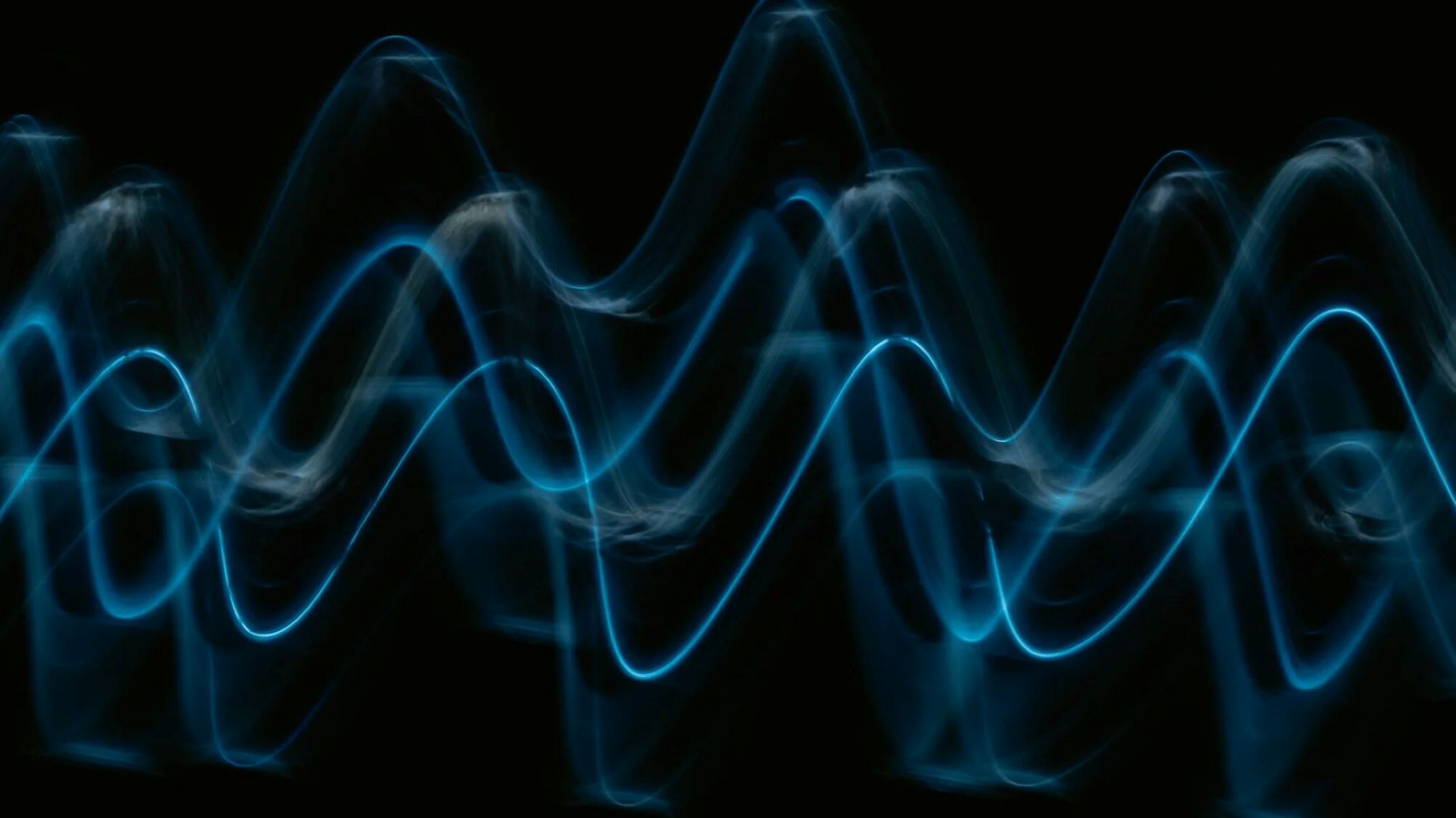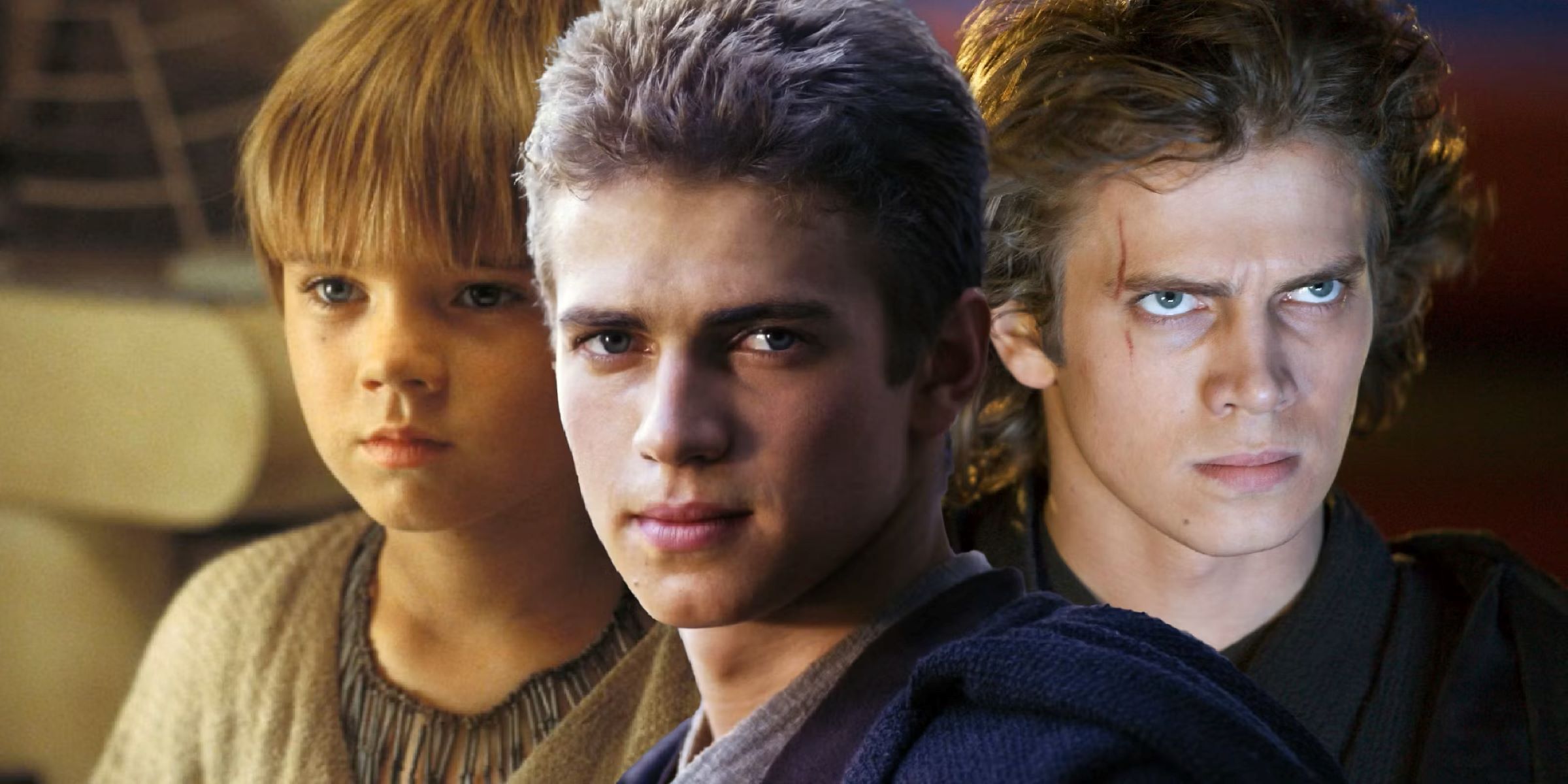Home>Arts and Culture>The Artistic Differences Between Shonen And Seinen: Exploring More Than Just Age Groups
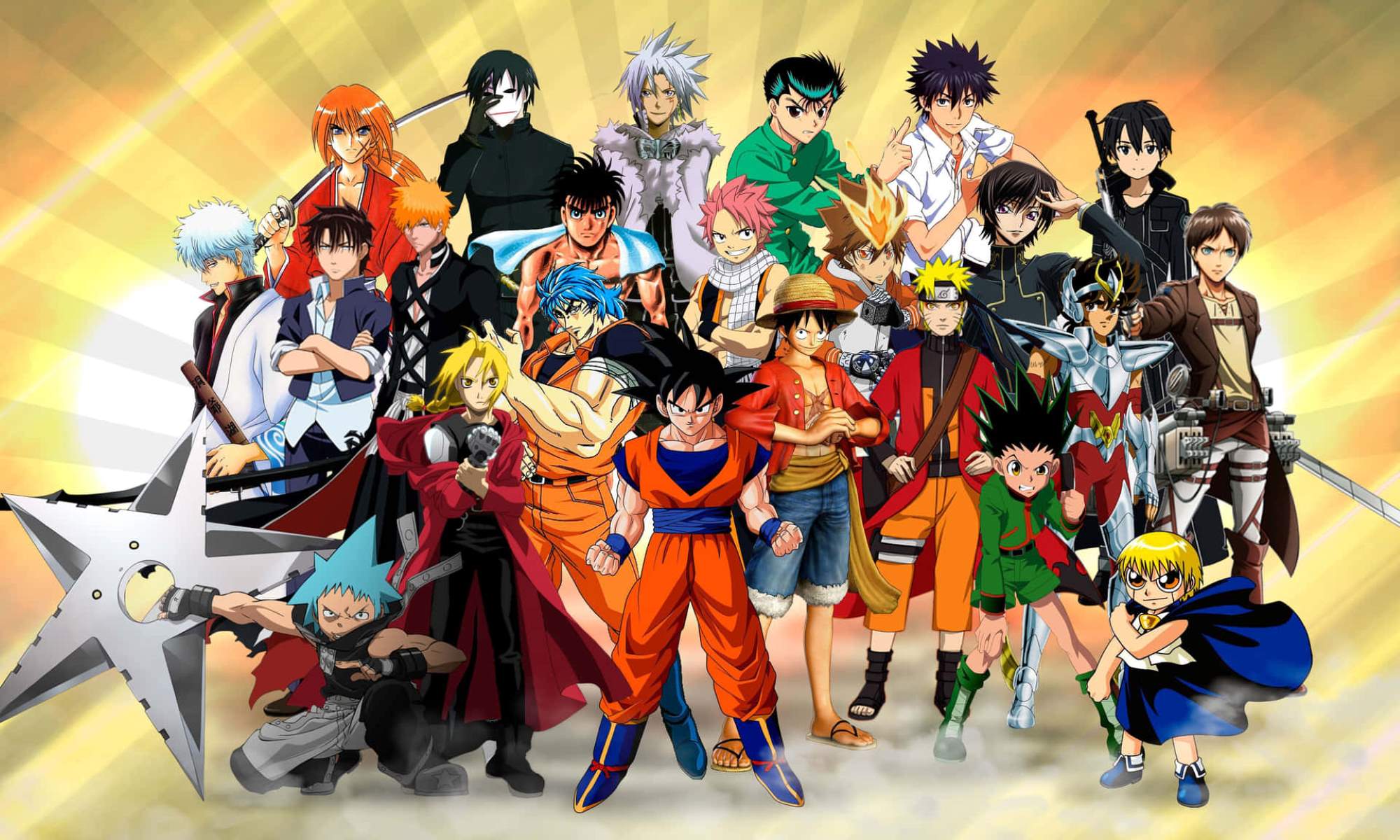

Arts and Culture
The Artistic Differences Between Shonen And Seinen: Exploring More Than Just Age Groups
Published: January 6, 2024
Explore the artistic nuances between Shonen and Seinen genres, delving into more than just age groups. Discover the intricate world of Arts and Culture in manga and anime.
(Many of the links in this article redirect to a specific reviewed product. Your purchase of these products through affiliate links helps to generate commission for Regretless.com, at no extra cost. Learn more)
Table of Contents
Introduction
When it comes to exploring the world of manga and anime, one cannot overlook the distinct artistic styles and thematic elements that define the genres of Shonen and Seinen. These two categories, while often associated with specific age groups, offer much more than meets the eye. Shonen, targeted at younger male audiences, and Seinen, aimed at adult men, not only cater to different demographics but also exhibit diverse artistic and narrative approaches that captivate their respective audiences.
In this comprehensive exploration, we delve into the artistic differences between Shonen and Seinen, delving beyond the surface to unravel the intricate nuances that shape these genres. From the visual aesthetics to the underlying themes, we aim to shed light on the unique characteristics that distinguish Shonen and Seinen, offering a deeper understanding of their appeal and impact. By examining the artistic choices and thematic content within these genres, we can gain valuable insights into how they resonate with their intended audiences and contribute to the rich tapestry of manga and anime culture.
Understanding Shonen and Seinen
Shonen and Seinen are two prominent categories within the realm of manga and anime, each catering to distinct demographics and offering unique storytelling experiences. Shonen, which translates to "youth" or "young boy," primarily targets adolescent male audiences. This genre is renowned for its high-energy action, coming-of-age narratives, and emphasis on friendship, perseverance, and personal growth. On the other hand, Seinen, meaning "young man," is tailored for adult male readers and delves into more mature and complex themes, often exploring darker, thought-provoking subject matter.
In terms of artistic style and visual presentation, Shonen and Seinen exhibit notable disparities. Shonen manga and anime frequently feature bold, dynamic artwork, characterized by exaggerated expressions, intense action sequences, and vibrant, eye-catching designs. The visual aesthetic of Shonen works aligns with the genre's focus on adventure, heroism, and the triumph of good over evil. In contrast, Seinen embraces a more nuanced and realistic artistic approach, often employing detailed illustrations, subdued color palettes, and a heightened emphasis on visual storytelling to convey the depth and complexity of its narratives.
Furthermore, the thematic content of Shonen and Seinen diverges significantly. Shonen narratives typically revolve around young protagonists embarking on epic journeys, honing their skills, and overcoming formidable challenges to achieve their aspirations. Themes of camaraderie, rivalry, and self-discovery are prevalent, resonating with the youthful spirit and idealism of the target audience. Conversely, Seinen explores a broader spectrum of themes, delving into the complexities of adult life, moral ambiguity, psychological introspection, and societal issues with a level of depth and sophistication that reflects the mature sensibilities of its readers.
In essence, understanding the distinctions between Shonen and Seinen extends beyond age demographics, encompassing artistic expression, thematic depth, and narrative complexity. By recognizing the unique characteristics that define these genres, enthusiasts can gain a deeper appreciation for the diverse storytelling approaches and visual styles that contribute to the rich tapestry of manga and anime culture.
Artistic Style in Shonen
The artistic style in Shonen manga and anime is characterized by its dynamic and visually captivating approach, tailored to resonate with the energetic and adventurous spirit of its young male audience. From the bold character designs to the exhilarating action sequences, Shonen's artistic aesthetic is a testament to its ability to immerse readers and viewers in thrilling and vibrant worlds.
Dynamic Character Designs
One of the defining features of Shonen's artistic style is the portrayal of characters with distinct and expressive designs. Protagonists often exhibit a wide range of emotions through exaggerated facial expressions, reflecting the intensity of their experiences and the emotional depth of their journeys. Additionally, supporting characters and antagonists are depicted with striking appearances, often embodying larger-than-life traits that contribute to the visual excitement and dramatic impact of the storytelling.
Intense Action Sequences
Shonen's artistic prowess shines through in its portrayal of action-packed scenes, where kinetic energy and adrenaline-fueled battles take center stage. The dynamic use of perspective, fluid movements, and impactful visual effects enhances the sense of excitement and spectacle, drawing readers and viewers into the heart-pounding confrontations that unfold within the narrative. Through meticulous attention to detail and creative choreography, Shonen artists elevate the thrill of combat and adventure to create immersive and visually stimulating experiences.
Read more: Surprising Age Group That Loves Paw Patrol!
Vibrant and Expressive Visuals
The visual presentation in Shonen works is characterized by vibrant and expressive artwork, featuring vivid color palettes, bold linework, and intricate panel layouts. These elements contribute to the creation of dynamic and engaging visuals that capture the essence of youthful exuberance and the spirit of heroic determination. Whether depicting sprawling landscapes, fantastical realms, or intense character interactions, the artistic style in Shonen exudes a sense of vitality and dynamism that resonates with the genre's themes of courage, ambition, and the pursuit of greatness.
In essence, the artistic style in Shonen manga and anime embodies a dynamic and visually compelling approach that aligns with the genre's emphasis on adventure, heroism, and the boundless potential of youth. Through its vibrant character designs, intense action sequences, and expressive visuals, Shonen captivates audiences with an artistic flair that brings its exhilarating narratives to life in a truly captivating manner.
Artistic Style in Seinen
The artistic style in Seinen manga and anime represents a departure from the dynamic and exuberant aesthetic of Shonen, embracing a more nuanced, mature, and visually evocative approach. This genre caters to adult male audiences, delving into themes and narratives that demand a sophisticated and introspective artistic presentation.
Realistic Character Depictions
In Seinen works, the portrayal of characters is characterized by a focus on realism and emotional depth. Protagonists and supporting characters are often depicted with subtle and nuanced facial expressions, conveying a wide spectrum of emotions, from introspective contemplation to profound melancholy. This emphasis on realistic character depictions allows artists to capture the complexities of adult experiences and the internal struggles faced by individuals navigating the challenges of mature life.
Detailed and Immersive Environments
The artistic style in Seinen extends to the portrayal of rich and immersive environments that serve as integral backdrops to the narrative. Whether depicting urban landscapes, historical settings, or dystopian worlds, Seinen artists employ meticulous attention to detail, intricate linework, and atmospheric shading to bring these environments to life. The result is a visual tapestry that draws readers and viewers into the intricate and multi-layered worlds inhabited by the characters, fostering a sense of immersion and authenticity.
Subdued Color Palettes and Visual Symbolism
In contrast to the vibrant and bold color schemes often found in Shonen, Seinen embraces subdued and muted color palettes, reflecting the genre's inclination towards introspection and contemplation. This deliberate use of color contributes to the creation of atmospheres imbued with depth and emotional resonance, complementing the thematic complexity of Seinen narratives. Furthermore, Seinen artists often employ visual symbolism and metaphorical imagery to convey profound themes and evoke thought-provoking interpretations, adding layers of depth to the artistic presentation.
Cinematic Visual Storytelling
Seinen manga and anime are known for their cinematic approach to visual storytelling. Artists utilize dynamic panel compositions, strategic implementation of light and shadow, and evocative framing techniques to evoke a sense of cinematic immersion within the sequential art format. This meticulous attention to visual storytelling enhances the narrative impact, drawing readers and viewers into the unfolding drama and existential dilemmas that define many Seinen works.
In essence, the artistic style in Seinen manga and anime embodies a sophisticated, introspective, and visually evocative approach that aligns with the genre's exploration of mature themes and complex narratives. Through its realistic character depictions, immersive environments, subdued color palettes, and cinematic visual storytelling, Seinen captivates audiences with an artistic flair that resonates with the depth and nuance of adult experiences.
Themes and Content in Shonen
Shonen manga and anime are renowned for their thematic richness, encompassing a wide array of compelling subjects that resonate with the youthful spirit and idealism of their target audience. At the heart of Shonen narratives lie themes that celebrate friendship, perseverance, personal growth, and the pursuit of dreams. These resonant themes form the foundation of captivating storylines that inspire and uplift readers and viewers, fostering a sense of optimism and empowerment.
Friendship stands as a cornerstone theme in Shonen, portraying the profound bonds forged between characters as they navigate trials and tribulations. The unwavering camaraderie and mutual support exhibited by protagonists and their allies exemplify the enduring power of friendship, resonating deeply with audiences and reinforcing the value of loyalty and companionship.
Perseverance and determination are recurring motifs in Shonen narratives, as protagonists embark on arduous journeys to overcome formidable challenges and achieve their aspirations. The portrayal of resilience in the face of adversity serves as a source of inspiration, instilling in readers and viewers the belief that unwavering determination can lead to triumph in the face of seemingly insurmountable obstacles.
Furthermore, the theme of personal growth and self-discovery is intricately woven into the fabric of Shonen storytelling. Protagonists undergo transformative experiences, honing their skills, confronting their fears, and evolving into individuals capable of effecting positive change. This theme resonates with the adolescent audience, offering a narrative framework that encourages self-reflection and the pursuit of personal development.
The pursuit of dreams and the fulfillment of one's potential are central themes that imbue Shonen narratives with a sense of optimism and ambition. Protagonists aspire to greatness, striving to actualize their ambitions and make a meaningful impact on the world around them. This theme of boundless potential resonates with the youthful energy and idealism of the audience, inspiring them to embrace their aspirations with unwavering enthusiasm.
In essence, the themes and content in Shonen manga and anime encapsulate a tapestry of uplifting and empowering motifs that celebrate the enduring values of friendship, perseverance, personal growth, and the pursuit of dreams. By intertwining these themes within captivating narratives, Shonen captivates audiences with a sense of optimism and camaraderie, fostering a profound connection with its readers and viewers.
Themes and Content in Seinen
Seinen manga and anime delve into a diverse and thought-provoking array of themes and content, catering to the mature sensibilities and nuanced perspectives of adult male audiences. These narratives transcend the conventional boundaries of storytelling, delving into complex and introspective themes that reflect the multifaceted nature of adult life and the human experience.
One prominent theme that permeates Seinen works is the exploration of moral ambiguity and ethical dilemmas. Characters grapple with profound moral quandaries, navigating the intricacies of right and wrong in morally gray situations. This thematic exploration challenges readers and viewers to contemplate the complexities of human morality and the shades of gray that define ethical decision-making, fostering introspection and philosophical inquiry.
Moreover, Seinen narratives often confront existential themes, delving into the depths of human existence, purpose, and identity. Characters navigate existential crises, confront the fragility of life, and grapple with the weight of their own existence. This thematic depth invites audiences to ponder profound questions about the meaning of life, the nature of existence, and the pursuit of purpose in a world fraught with uncertainty.
The portrayal of societal issues and cultural commentary is another hallmark of Seinen content. These narratives confront real-world issues, ranging from political intrigue and social upheaval to the impact of technological advancement and globalization. By addressing these societal concerns, Seinen works serve as a mirror to the complexities of the contemporary world, prompting critical reflection and inciting discourse on pressing societal matters.
Furthermore, Seinen explores the intricacies of human psychology and emotional turmoil, delving into the depths of the human psyche and the complexities of emotional experiences. Characters grapple with psychological trauma, inner conflicts, and the intricacies of human emotions, offering a raw and unflinching portrayal of the human condition. This thematic exploration invites readers and viewers to empathize with the internal struggles of the characters and contemplate the multifaceted nature of human emotions.
In essence, the themes and content in Seinen manga and anime embody a rich tapestry of introspective, existential, and socially relevant motifs that resonate with the mature sensibilities of adult audiences. By delving into themes of moral ambiguity, existential inquiry, societal commentary, and psychological introspection, Seinen captivates audiences with narratives that provoke contemplation, evoke empathy, and ignite intellectual discourse.
Impact of Target Audience on Artistic Choices
The target audience plays a pivotal role in shaping the artistic choices evident in both Shonen and Seinen manga and anime. The distinct characteristics and preferences of each demographic profoundly influence the visual style, thematic content, and narrative direction embraced by creators within these genres.
In Shonen, the youthful and adventurous nature of the target audience significantly impacts artistic choices. The dynamic and visually captivating artistic style, characterized by bold character designs and intense action sequences, aligns with the energetic and exuberant spirit of adolescent male readers. The emphasis on vibrant visuals and exhilarating battles reflects the genre's commitment to engaging and immersing its youthful audience in thrilling and heroic narratives. Furthermore, the thematic focus on friendship, perseverance, and the pursuit of dreams resonates with the aspirational and idealistic nature of young readers, guiding artistic choices towards narratives that inspire optimism and empowerment.
Conversely, the mature sensibilities of the adult male audience for Seinen exert a profound influence on artistic choices within this genre. The nuanced and introspective artistic style, characterized by realistic character depictions, immersive environments, and subdued color palettes, reflects the desire to engage with complex and thought-provoking themes. The thematic exploration of moral ambiguity, existential inquiry, societal commentary, and psychological introspection aligns with the intellectual and contemplative inclinations of adult readers, guiding artistic choices towards narratives that provoke introspection, evoke empathy, and ignite intellectual discourse.
The impact of the target audience on artistic choices extends beyond visual aesthetics, encompassing narrative depth, thematic complexity, and emotional resonance. Creators in both Shonen and Seinen genres are keenly attuned to the preferences and sensibilities of their respective audiences, crafting artistic expressions that resonate deeply with the unique characteristics and aspirations of their readers.
In essence, the influence of the target audience on artistic choices underscores the dynamic interplay between creators and consumers, shaping the diverse and captivating storytelling experiences that define the rich tapestry of manga and anime culture. By embracing artistic choices that cater to the distinct needs and preferences of their audiences, Shonen and Seinen genres continue to captivate and inspire readers and viewers, fostering a profound connection that transcends age demographics and resonates with the universal essence of human storytelling.
Conclusion
In conclusion, the artistic differences between Shonen and Seinen extend far beyond mere age demographics, encompassing a rich tapestry of visual aesthetics, thematic depth, and narrative complexity. The exploration of these genres reveals a fascinating dichotomy, with Shonen embracing a dynamic and exuberant artistic style tailored to captivate the youthful spirit and idealism of adolescent male audiences, while Seinen adopts a sophisticated and introspective approach that resonates with the mature sensibilities and nuanced perspectives of adult male readers.
Through the lens of artistic style, Shonen manga and anime showcase dynamic character designs, intense action sequences, and vibrant visuals that embody the genre's emphasis on adventure, heroism, and the boundless potential of youth. In contrast, Seinen's artistic presentation features realistic character depictions, immersive environments, subdued color palettes, and cinematic visual storytelling, reflecting the genre's exploration of complex themes, moral ambiguity, and existential inquiry.
Furthermore, the thematic content within Shonen and Seinen narratives underscores the genres' distinct storytelling motifs. Shonen celebrates themes of friendship, perseverance, personal growth, and the pursuit of dreams, inspiring optimism and camaraderie among its youthful audience. On the other hand, Seinen delves into themes of moral ambiguity, existential inquiry, societal commentary, and psychological introspection, provoking contemplation, empathy, and intellectual discourse among its mature readers.
The impact of the target audience on artistic choices is evident in the deliberate crafting of narratives and visuals that resonate deeply with the unique characteristics and aspirations of Shonen and Seinen readers. Creators within these genres demonstrate a keen understanding of their audience's preferences, shaping artistic expressions that engage, inspire, and provoke thought in meaningful ways.
Ultimately, the artistic differences between Shonen and Seinen exemplify the diverse and captivating storytelling experiences that define the rich tapestry of manga and anime culture. By embracing artistic choices that cater to the distinct needs and preferences of their audiences, these genres continue to captivate and inspire readers and viewers, transcending age demographics to resonate with the universal essence of human storytelling.


